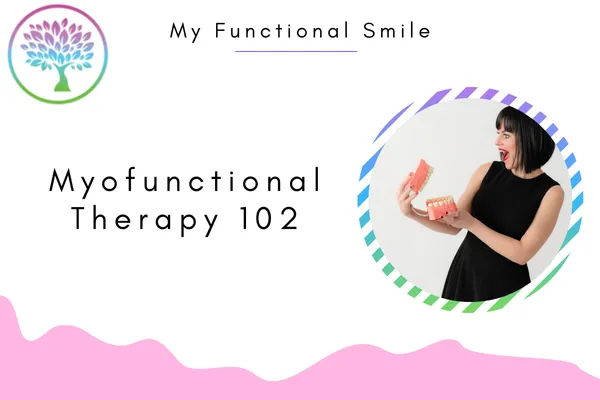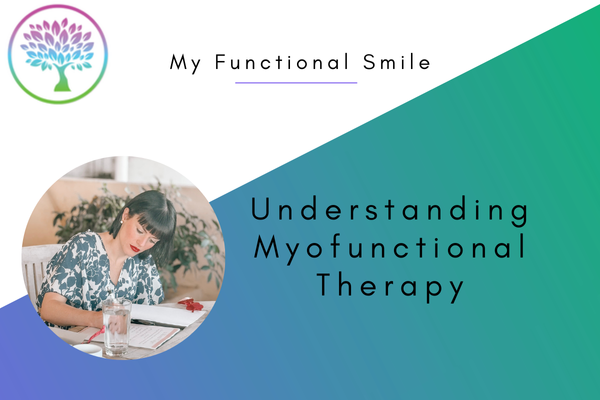
Myofunctional Therapy 102: Beyond Exercises for Kids and Teens
Myofunctional Therapy 102 – Is It More Than Just Exercises?
If you’ve heard about myofunctional therapy, chances are you associate it with a series of tongue or facial exercises aimed at improving oral and overall health. While exercises play a pivotal role, myofunctional therapy is far more comprehensive than just workout routines for your mouth. In this post, we’ll explore the deeper layers of this therapy and why it offers transformative benefits beyond what meets the eye.
Understanding Myofunctional Therapy

At its core, myofunctional therapy focuses on correcting oral and facial muscle function to improve breathing, chewing, swallowing, and speech. The therapy addresses improper habits like mouth breathing, tongue thrusting, and incorrect tongue posture, which can impact dental health, sleep quality, and even facial structure.
While exercises are a fundamental aspect of this therapy, they are part of a larger framework aimed at restoring balance and function.
Beyond Exercises: The Holistic Approach
Myofunctional therapy is not just about isolated movements—it’s about creating harmony across various systems in the body. Here’s how:
Breathing Retraining
One of the primary goals of myofunctional therapy is to promote nasal breathing. This practice not only improves oxygen exchange but also supports the body’s natural filtering mechanisms, reducing the risk of respiratory infections.Postural Awareness

Correcting tongue posture has a ripple effect on your entire body. It aligns your jaw, supports proper head posture, and even contributes to spinal health.
Sleep Quality Improvement
Myofunctional therapy addresses issues like snoring and sleep apnea by optimizing the airway and encouraging nasal breathing during sleep.Behavioral Habits
Breaking habits like thumb sucking, nail biting, or prolonged pacifier use is a critical part of myofunctional therapy, especially for children.
Who Can Benefit?
Myofunctional therapy is particularly beneficial for individuals between 4 and 18 years old. This age range is critical for addressing early habits that can impact oral and overall health. However, any age can benefit! Whether it’s correcting improper tongue posture, encouraging nasal breathing, or improving speech, early intervention can create a strong foundation for lifelong wellness.
How to Get Started
Getting started with myofunctional therapy involves working with an experienced therapist who assesses your unique needs and creates a personalized plan. This plan typically includes:
Assessments of your breathing, swallowing, and tongue posture.
Tailored exercises combined with behavioral changes.
Guidance on incorporating practices like nasal hygiene and dietary adjustments.
The Bigger Picture: Wellness Through Functionality
Myofunctional therapy goes beyond exercises to address the root causes of dysfunction. It combines education, behavior modification, and exercises into a holistic approach that empowers individuals to achieve better health.
Conclusion
So, is myofunctional therapy more than just exercises? Absolutely. It’s a comprehensive method for improving health and functionality, one small adjustment at a time. Whether you’re seeking better sleep, enhanced breathing, or improved oral health, myofunctional therapy can offer life-changing results.
